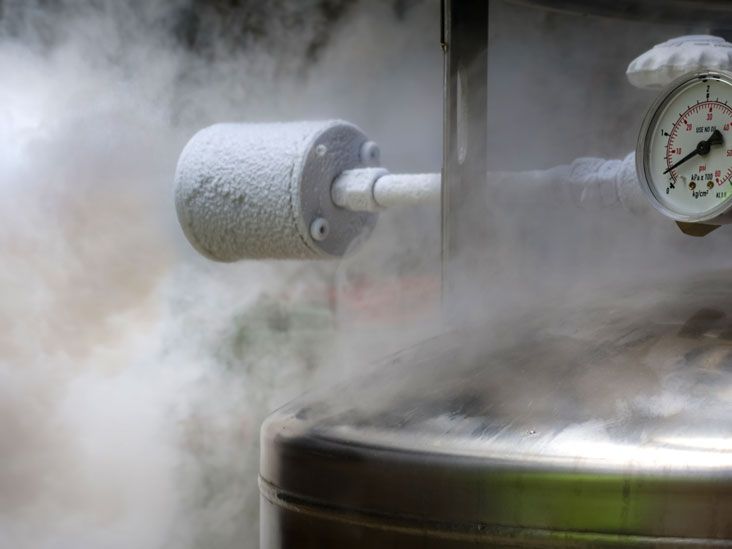Startling discovery could open up avenues for treating some aggressive tumors.
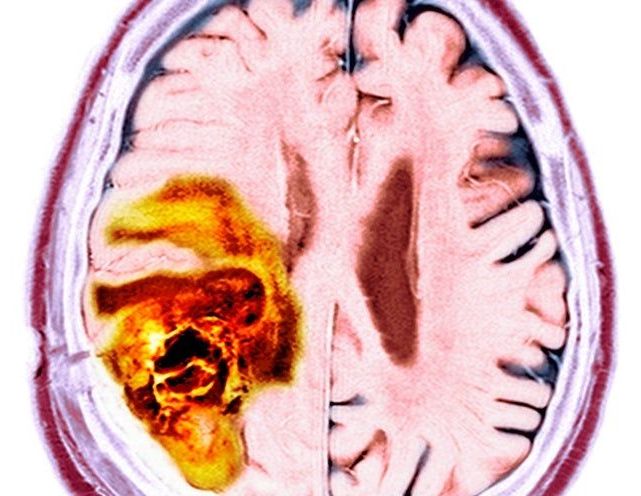

We’re continuing to release talks from Ending Age-Related Diseases 2019, our highly successful two-day conference that featured talks from leading researchers and investors, bringing them together to discuss the future of aging and rejuvenation biotechnology.
Dr. Greg Fahy of Intervene Immune gave a presentation about his company’s Phase 1 human trials in which the thymus, a critical organ of the immune system, was regenerated through a combination of existing drugs, restoring immune function and causing epigenetic biomarkers to show rejuvenation.
Humans choose food based on the way it looks, smells, and tastes. But the microbes in our guts use a different classification system — one that is based on the molecular components that make up different fibers. In a study published September 19 in the journal Cell, investigators found particular components of dietary fiber that encourage growth and metabolic action of beneficial microbes in the mouse gut.
The research aims to develop ways to identify compounds that can enhance the representation of health-promoting members of the gut microbial community. The goal is to identify sustainable, affordable dietary fiber sources for incorporation into next-generation, more nutritious food products.
“Fiber is understood to be beneficial. But fiber is actually a very complicated mixture of many different components,” says senior author Jeffrey Gordon, a microbiologist at the Washington University School of Medicine in St. Louis. “Moreover, fibers from different plant sources that are processed in different ways during food manufacturing have different constituents. Unfortunately, we lack detailed knowledge of these differences and their biological significance. We do know that modern Western diets have low levels of fiber; this lack of fiber has been linked to loss of important members of the gut community and deleterious health effects.”
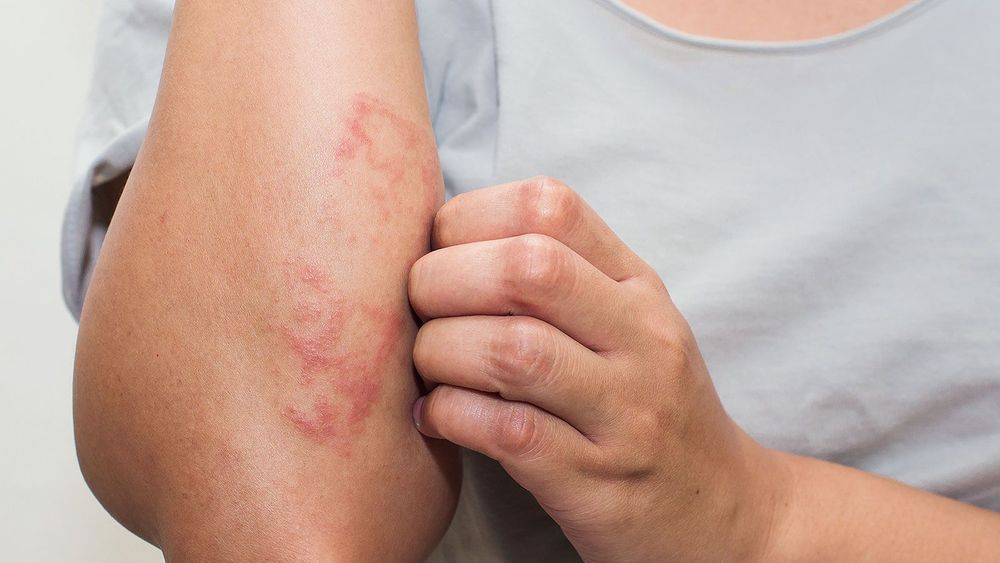
Over 3 million new cases of dermatitis appear in the US per year. Although dermatitis is broadly defined by the sensitivity of the skin, the condition is actually further segmented by a group of diseases. By far the most popular of these is atopic dermatitis, alternatively and perhaps more popularly known as eczema, affecting about 30% of the population. Genetics and environmental factors are the most conclusive predictors but no cause has ever been explicitly determined. The pathology is able to be determined physically, as inflamed skin grows craked and hardens.
Though a new report published in the Journal of the American Academy of Dermatology presents some internal risk increases for sufferers to consider. The Danish researchers set out to examine the association between hospital-diagnosed atopic dermatitis and atrial fibrillation, writing in the report, “Atopic dermatitis is characterized by chronic inflammation, which is a risk factor for atrial fibrillation. P atients with hospital-diagnosed atopic dermatitis have a 20% increased long-term risk of atrial fibrillation, but the absolute risk remains low.”
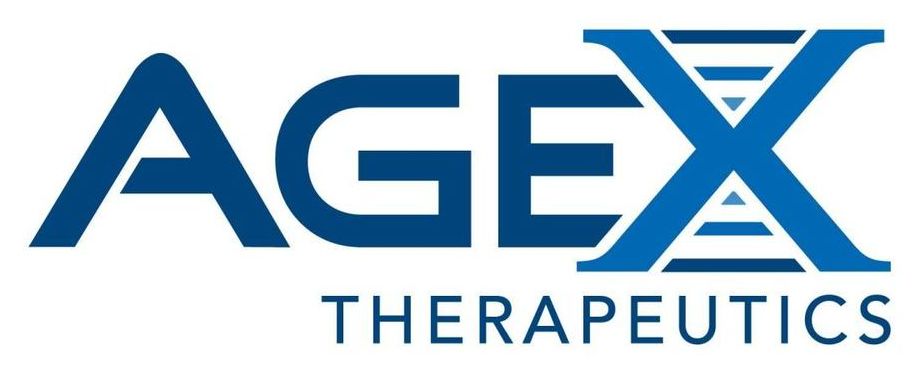
A unified theory of ageing, there is a vid and a paper linked within.
ALAMEDA, Calif.—( BUSINESS WIRE )—AgeX Therapeutics, Inc. (“AgeX”; NYSE American: AGE), a biotechnology company focused on therapeutics for human aging and regeneration, announced today that founder and CEO Michael D. West, Ph.D., and colleagues have authored a paper in the peer-reviewed scientific journal Regenerative Medicine on the theoretical foundation of the Company’s induced Tissue Regeneration (iTRTM) technology. The paper presents the work of the company’s scientists in describing a unified theory of aging and regeneration that could pave the way for the development of new therapies for a variety of age-related degenerative diseases and conditions.
“The longevity sector is advancing at an accelerating pace, but for the most part, without a consensus on the fundamental root causes of aging,” commented Dr. West. “We believe that it is now possible to collate the diverse observations about aging into a unified model. In the paper titled, ‘Toward a Unified Theory of Aging and Regeneration’ we outline such a theory that underlies the technological underpinnings of the company’s induced tissue regeneration (iTR) program.”
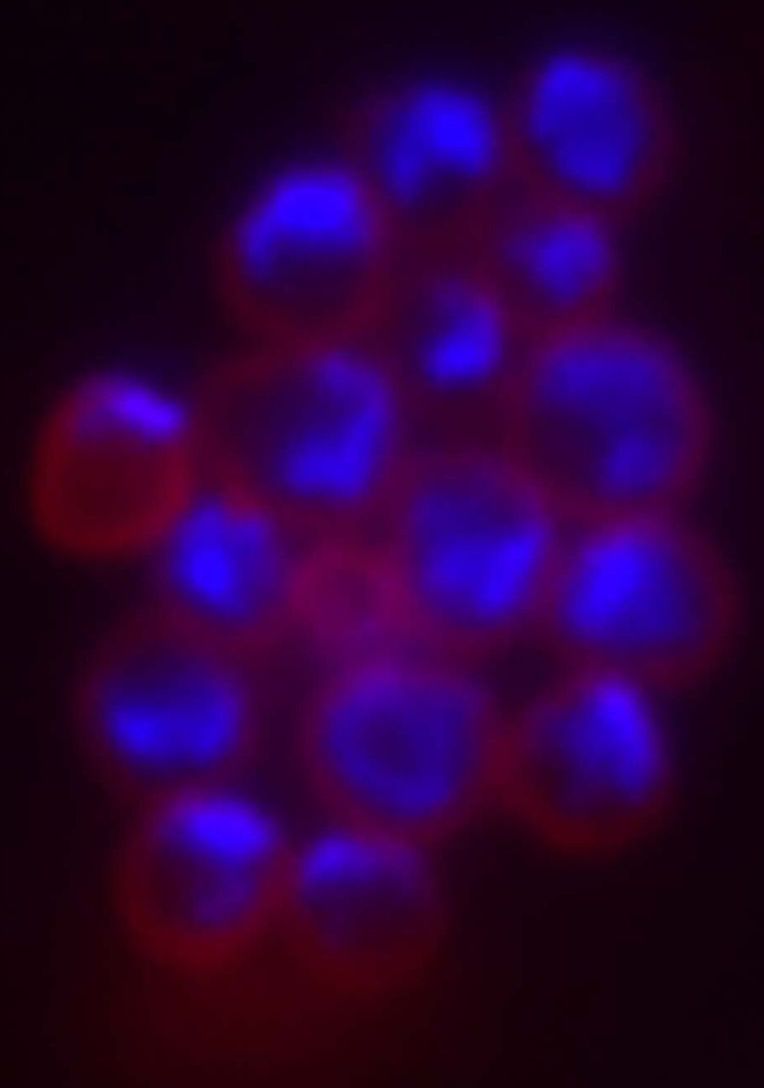
A study led by researchers at Indiana University is the first to find similarities between the organization of chromosomes in humans and archaea. The discovery could support the use of archaea in research to understand human diseases related to errors in cellular gene expression, such as cancer.
The lead author on the study is Stephen Bell, a professor of biology and chair of the Department of Molecular and Cellular Biochemistry in the College of Arts and Sciences at IU Bloomington. The study will publish Sept. 19 in the journal Cell.
The similar clustering of DNA in humans and archaeal chromosomes is significant because certain genes activate or deactivate based upon how they’re folded.
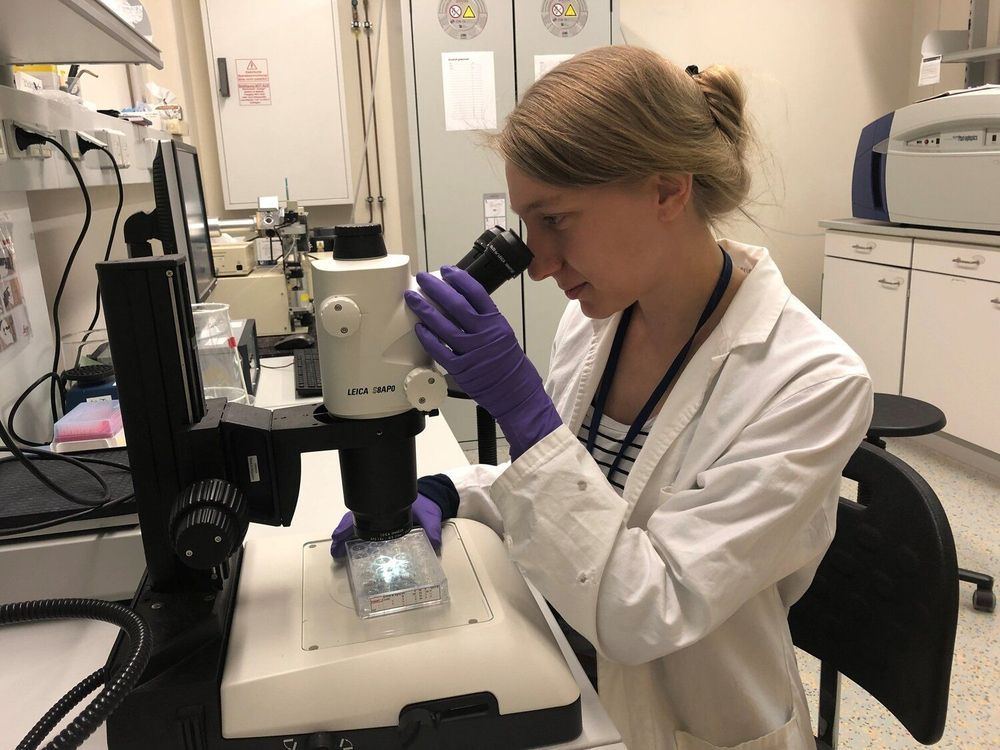
Proteins are essential for every living cell and responsible for many fundamental processes. In particular, they are required as bio-catalysts in metabolism and for signaling inside the cell and between cells. Many diseases come about as a result of failures in this communication, and the origins of signaling in proteins have been a source of great scientific debate. Now, for the first time, a team of researchers at the University of Göttingen has actually observed the mobile protons that do this job in each and every living cell, thus providing new insights into the mechanisms. The results were published in Nature.
Researchers from the University of Göttingen led by Professors Kai Tittmann and Ricardo Mata found a way to grow high-quality protein crystals of a human protein. The DESY particle accelerator in Hamburg made it possible to observe protons (subatomic particles with a positive charge) moving around within the protein. This surprising “dance of the protons” showed how distant sections of the protein were able to communicate instantaneously with each other—like electricity moving down a wire.
In addition, Tittmann’s group obtained high-resolution data for several other proteins, showing in unprecedented detail the structure of a kind of hydrogen bond where two heavier atoms effectively share a proton (known as “low-barrier hydrogen bonding”). This was the second surprise: the data proved that low-barrier hydrogen bonding indeed exists in proteins resolving a decades-long controversy, and in fact plays an essential role in the process.
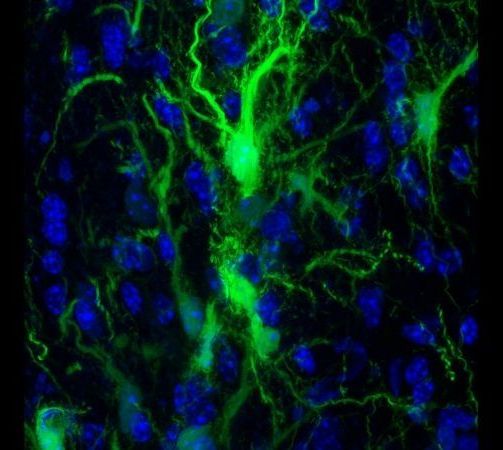
Varietal purity is the most important quality parameter of maize seeds, which has direct and prominent influence on the output and quality of maize. For the first time, to our knowledge, we present a new kind of terahertz (THz) scanning imaging technology for identification of maize seeds. Terahertz images of DNA samples are obtained by point-by-point scanning imaging technology. Inspection and identification of specific kinds of seeds are realized successfully by using the method of component pattern analysis. In this method, what we need are only data of image and absorption spectral information of samples; no specific features of samples are required. This technology provides a new approach for the detection and identification in biology and it can also be extended to poison inspection.
